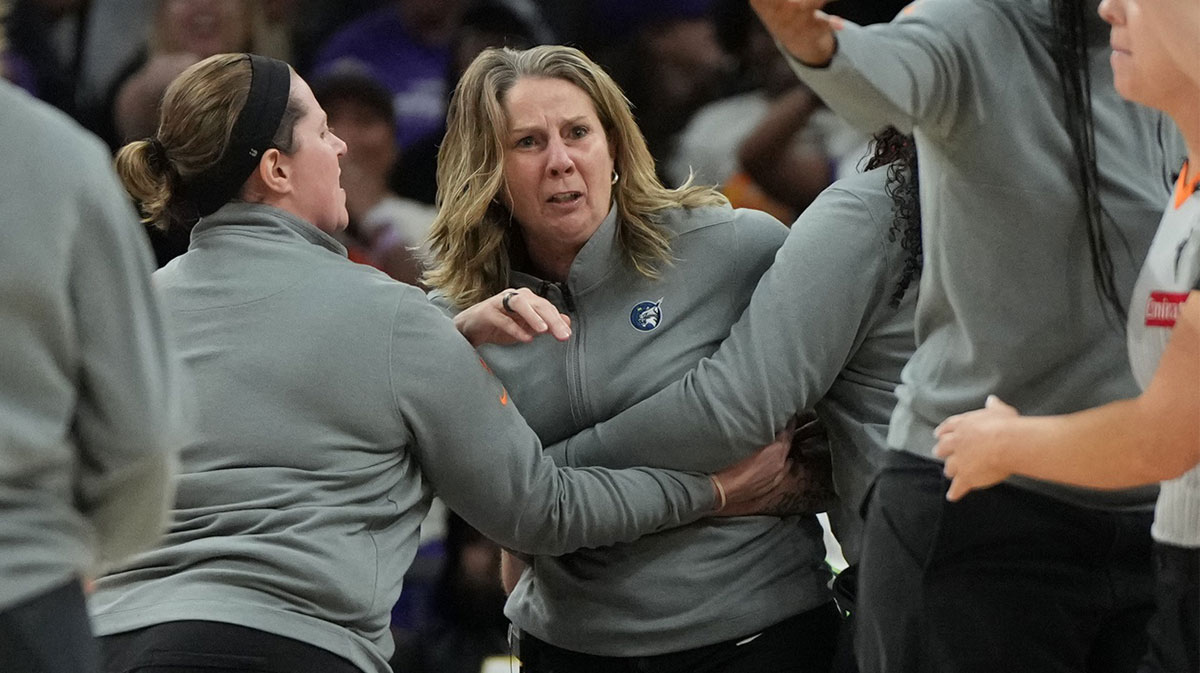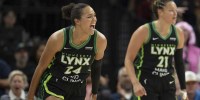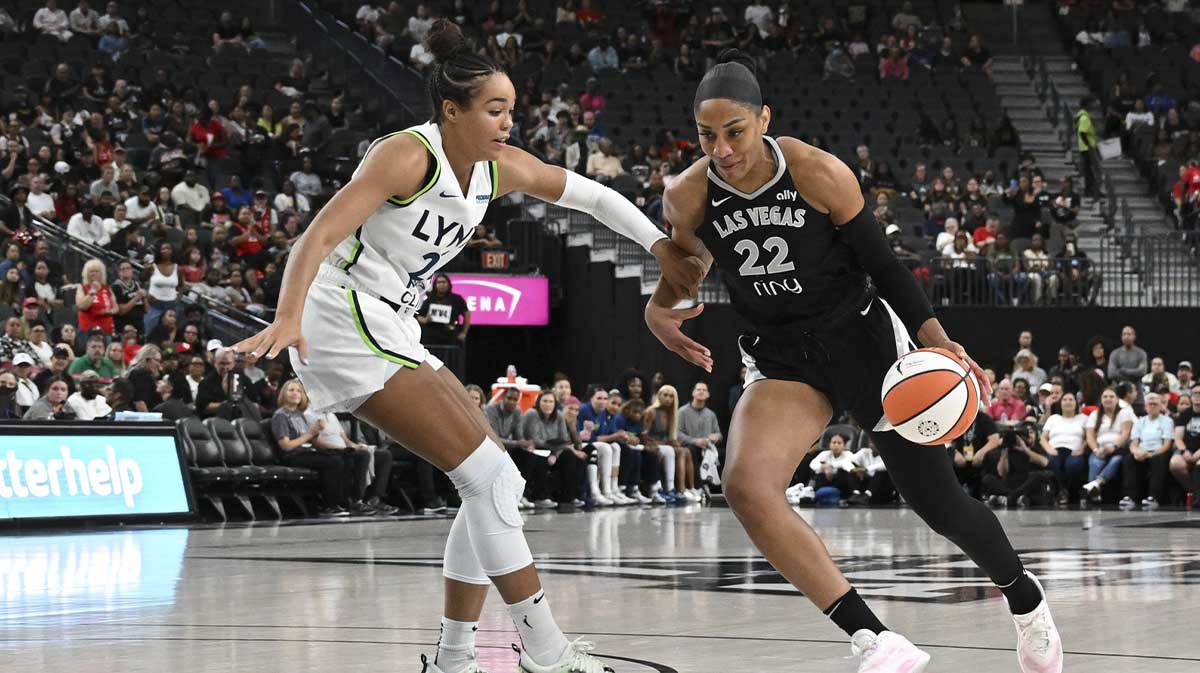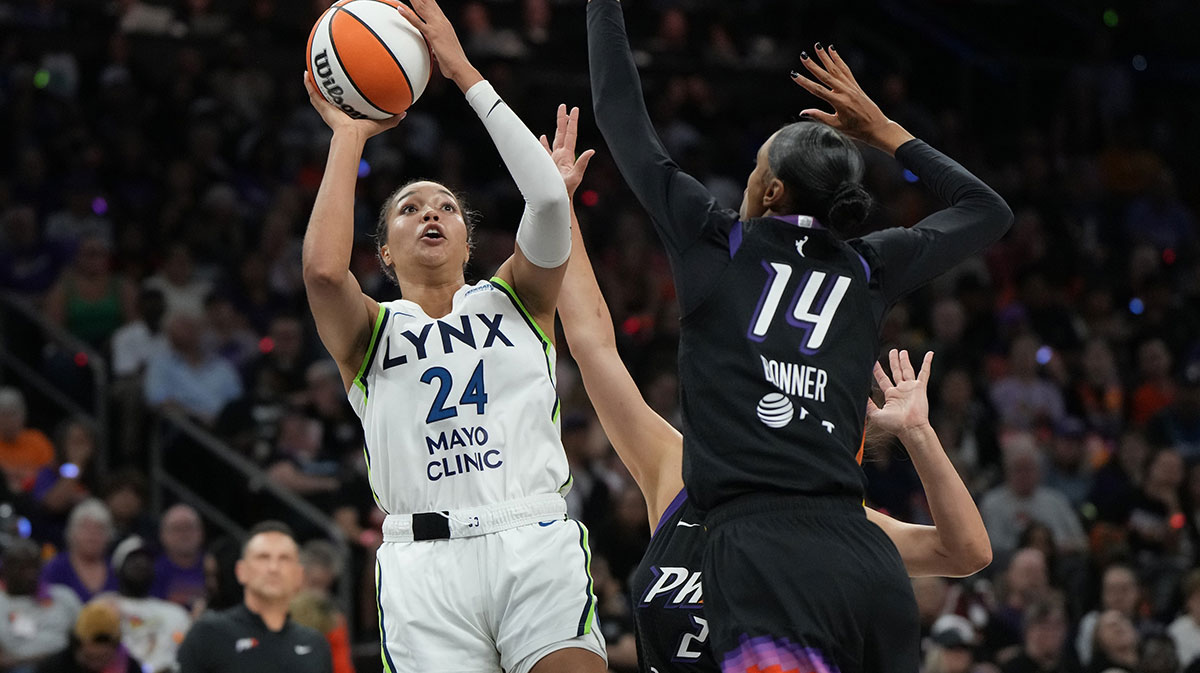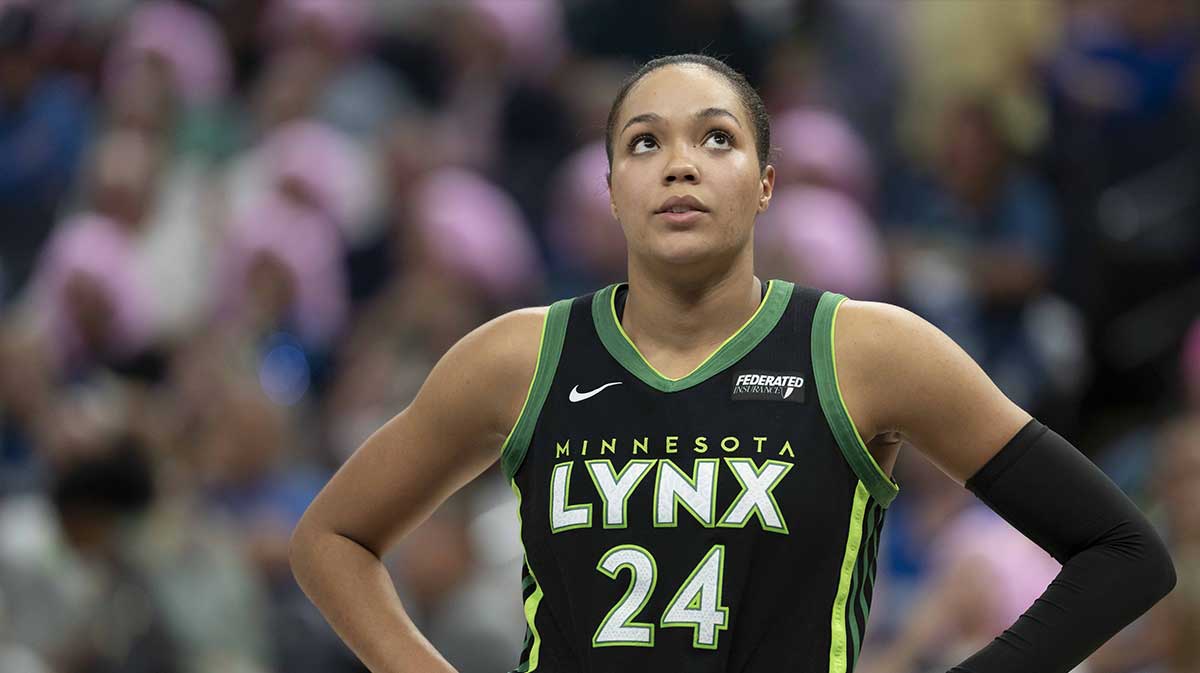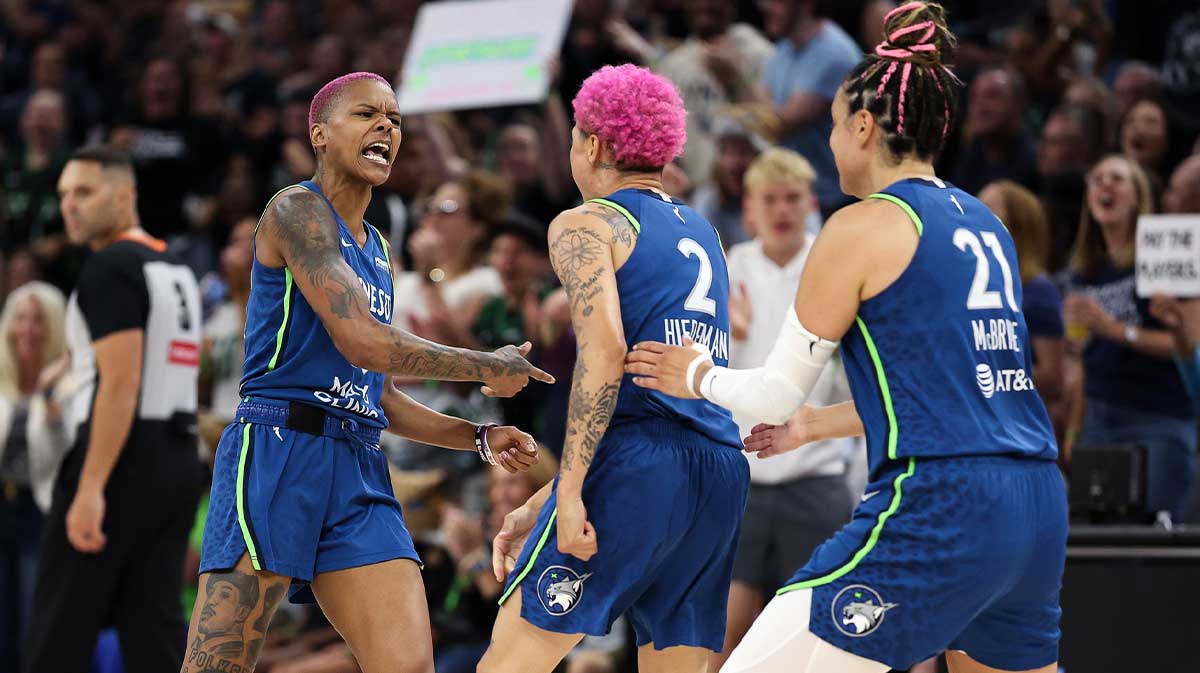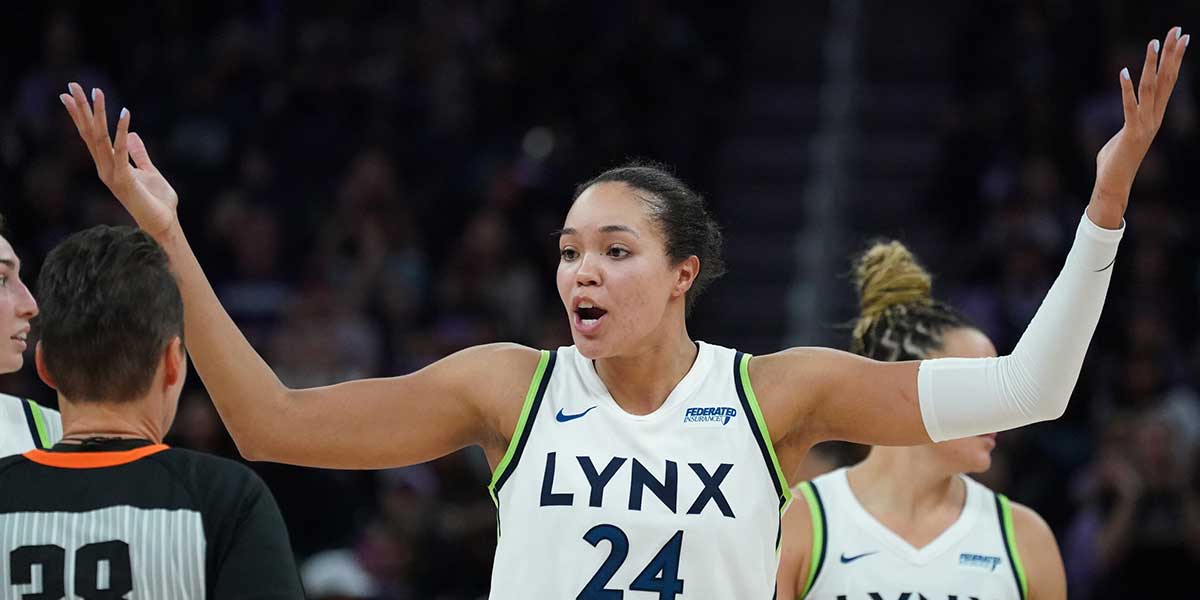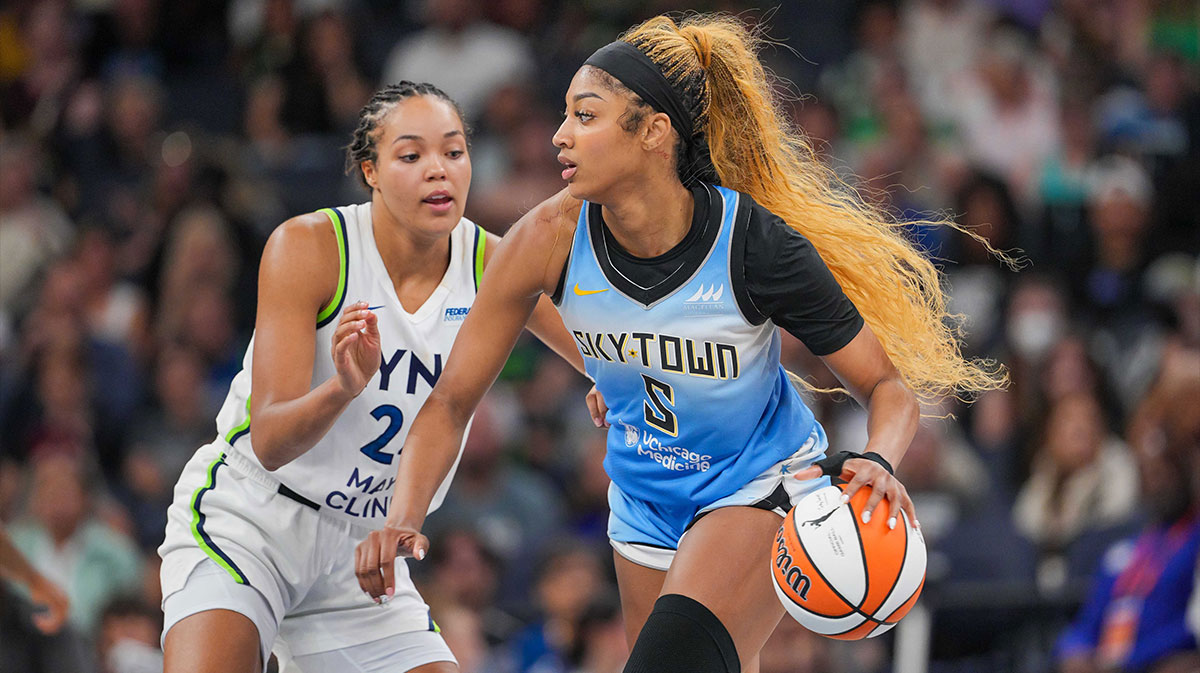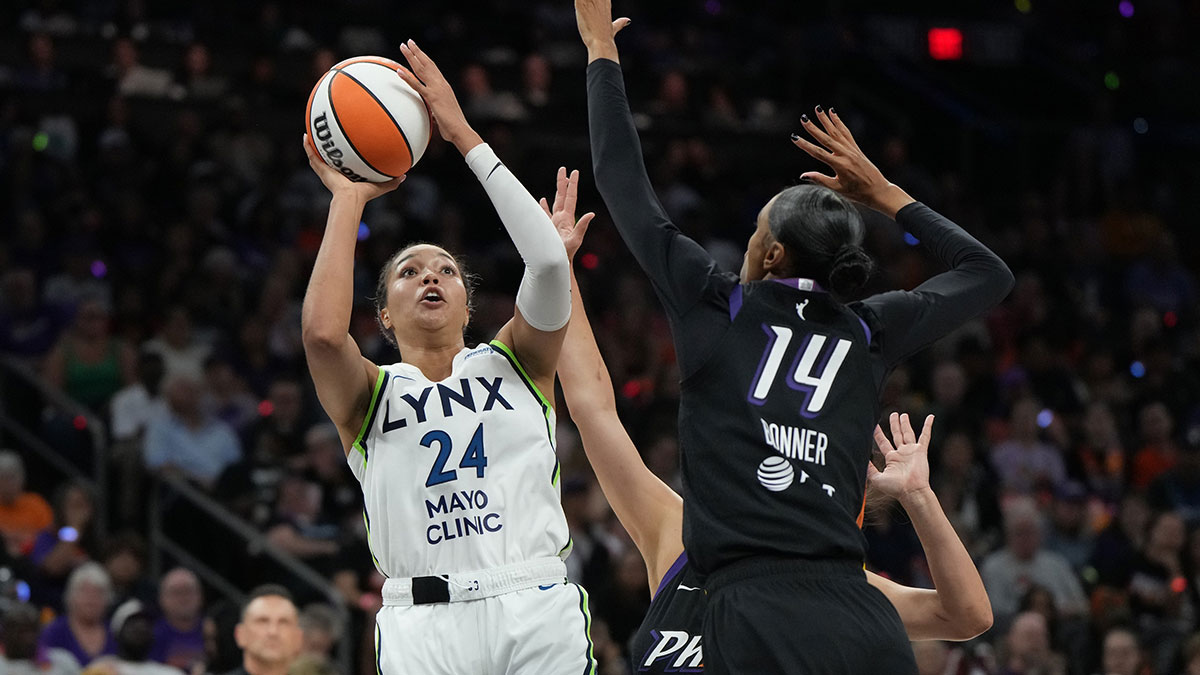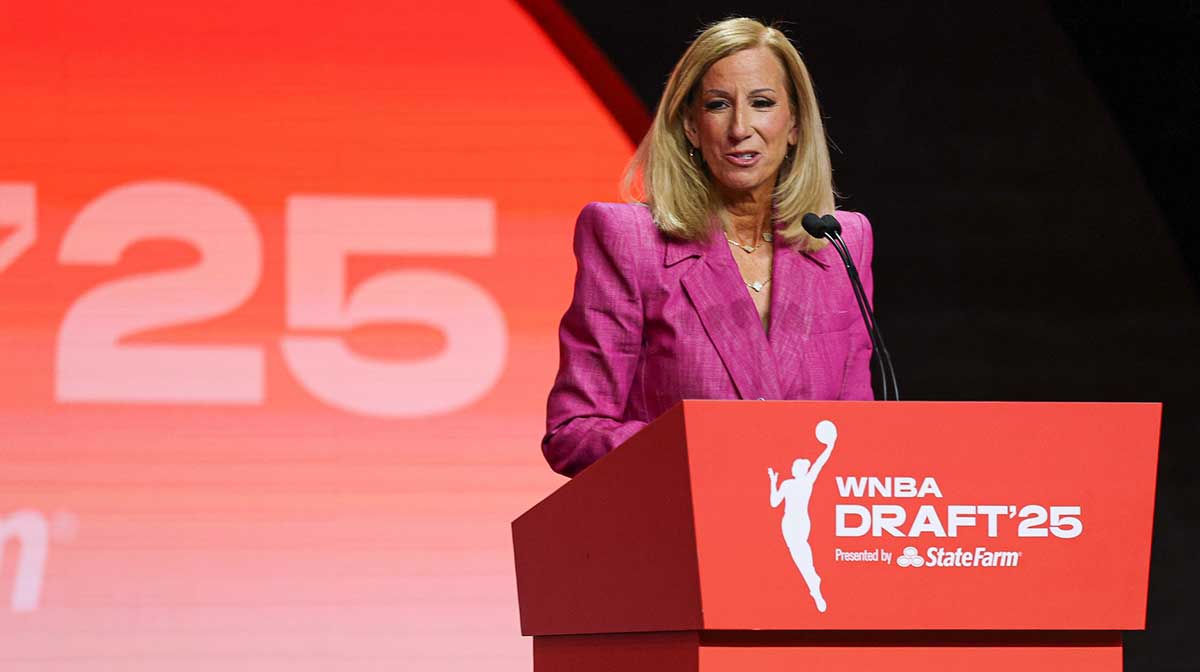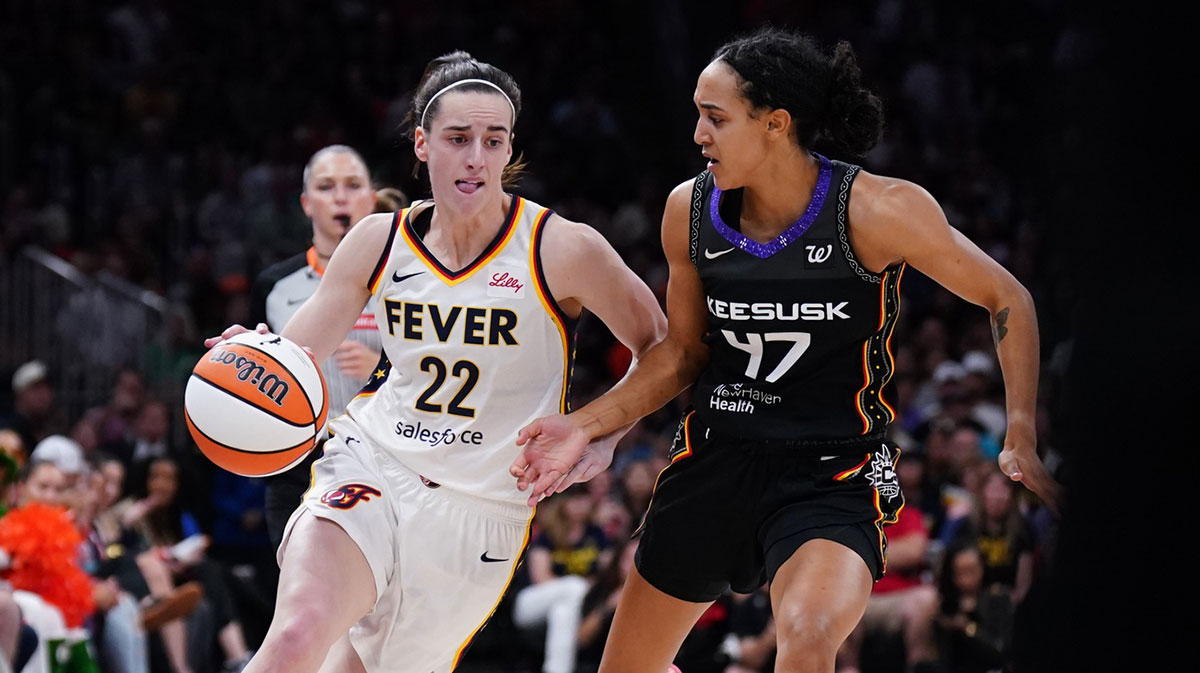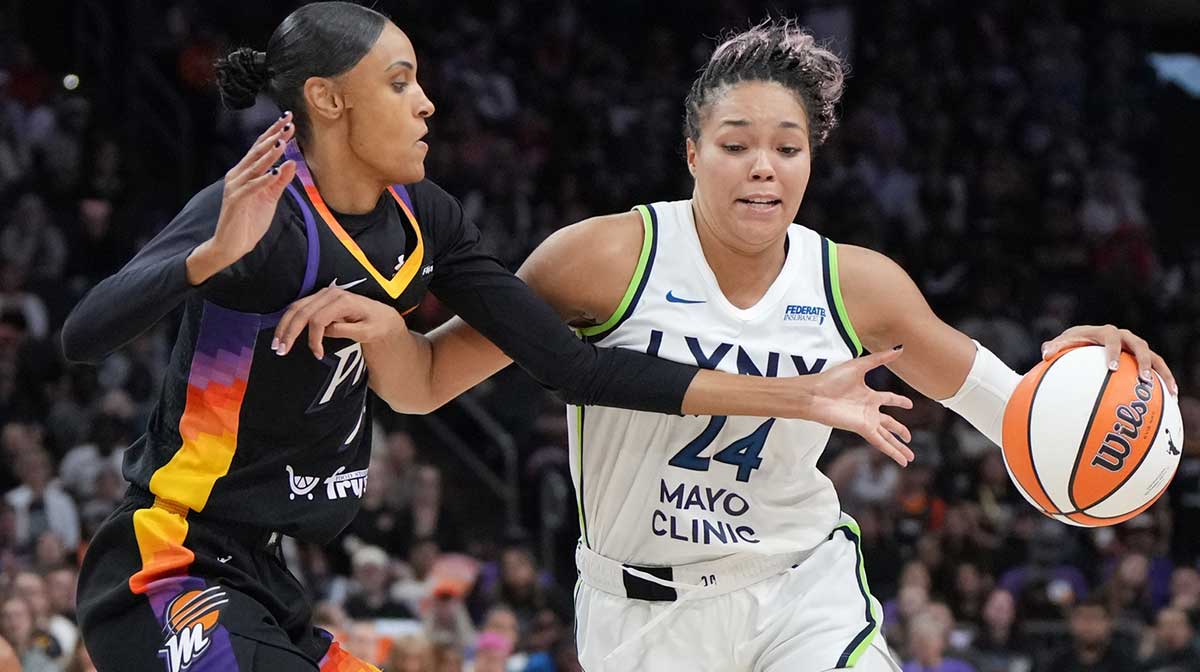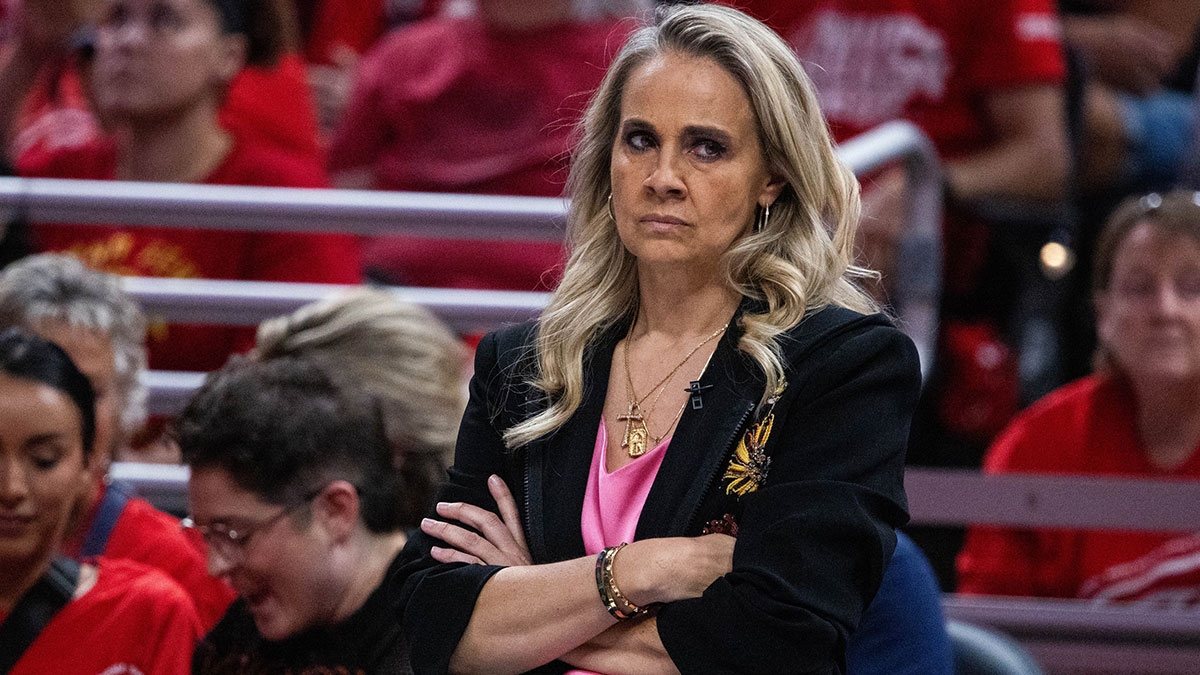The 2025 WNBA season was supposed to be the Minnesota Lynx’s triumphant return to the top of the league. With a balanced and veteran-laden roster, strong regular-season momentum, and home-court advantage throughout the playoffs, expectations soared for a franchise known for its winning culture.
Instead, the season ended in stunning disappointment. After earning the No. 1 seed with a 34-10 record, the Lynx were eliminated in the semifinals by the fifth-seeded Phoenix Mercury in a lopsided and chaotic series that exposed structural flaws, injuries, and leadership breakdowns.
Napheesa Collier’s injury, a controversial coaching suspension, and a series of late-game collapses undid what had looked like a championship-caliber team. This shocking failure demands more than surface-level changes. For the Lynx to reclaim their identity as perennial contenders, a thorough and honest reassessment must follow.
Here are four major areas Minnesota should focus on if it wants to bounce back from one of the most jarring playoff exits in franchise history.
what a season it was. 💙 pic.twitter.com/gEjbrSmejx
— Minnesota Lynx (@minnesotalynx) October 3, 2025
1. Cultural and leadership reset
One of the most pressing issues following the Lynx’s playoff collapse is the need for a deep cultural and leadership reset. The foundation of any elite franchise is not just talent but trust, accountability, and mental resilience.
The first step is accountability. Leadership, from the front office to the coaching staff, must publicly and privately acknowledge the shortcomings of the 2025 postseason. There can be no excuses. Whether it was questionable rotations, loss of composure under pressure, or strategic stagnation, the organization must face these issues directly and initiate a plan to address them. Fans, players, and stakeholders deserve transparency, and a failure to acknowledge these problems risks erosion of trust within the franchise.
Cheryl Reeve has been synonymous with the Lynx’s success for years now. However, Reeve's Game 4 suspension after a heated exchange with officials not only hurt the team in the moment but raised questions about emotional leadership. The Lynx must decide if Reeve continues to hold both the head coach and President of Basketball Operations roles, or if responsibilities should be split to reduce strain and improve checks and balances. Regardless, a clear structure of accountability and delegation must be re-established so that one person does not bear or wield too much control at once.
When Collier went down and Reeve was suspended, the team lacked a clear voice to rally behind. Veteran players like Kayla McBride, Courtney Williams, and Bridget Carleton need to be empowered to lead vocally and emotionally, not just on the court. The Lynx should invest in leadership development during the offseason, bringing in facilitators or workshops to build communication, decision-making, and emotional resilience among players.
2. Health, load management, and player availability
Injuries are part of the game, but their timing and impact can define a season. Collier’s ankle injury in Game 3 of the semifinals proved devastating. For a team built around its star, the lack of a reliable backup plan was glaring.
Collier is the cornerstone of the Lynx’s system. Her health should be the organization's top concern. A comprehensive recovery plan, focusing not only on physical healing but also on long-term injury prevention, needs to be developed in collaboration with leading specialists. A comprehensive load management strategy must be implemented for her return, even if it means limiting her minutes or missing games early in the 2026 season.
The postseason collapse exposed broader issues around fatigue and readiness. The Lynx must audit and potentially overhaul their strength, conditioning, and recovery programs. Partnering with experts in sports performance, sleep science, and biomechanics could unlock new methods to optimize player longevity.
The Lynx must also ensure that the roster can withstand the absence of a star without collapsing. This means acquiring versatile, defensive-minded players capable of stepping into bigger roles when needed. Injury insurance should be a strategic focus, not a reactive one.
3. Roster Construction and Offseason Strategy
The 2025 offseason presents one of the most complex and high-stakes personnel situations the Lynx have faced in years. Nearly the entire core rotation is facing free agency, and the decisions made now will define the team's trajectory for years.
The front office must make tough calls on who to re-sign. Collier, if healthy, is untouchable. McBride and Williams remain valuable two-way veterans. Carleton and Alanna Smith offer defensive versatility and system fit. The Lynx should focus on re-signing these key players while being realistic about aging curves and cap flexibility.
Uncertainty around the next collective bargaining agreement (CBA) will impact how the Lynx structure deals. If core designations or protected contracts shift, Minnesota must be prepared with flexible offers and backup targets. Holding as many player rights as possible should be a priority.
The modern WNBA demands players who can switch on defense, shoot the three, and operate in multiple roles. The Lynx need more of these “positionless” assets. The draft should prioritize athletic wings or playmaking forwards, while free agency should be used to acquire experienced role players who thrive without high usage.
The Lynx should also consider the trade market. If veteran contributors from other teams become available due to salary dumps or roster crunches, Minnesota must be ready to capitalize. Even a risky, short-term acquisition might be worth exploring if it brings championship-caliber talent at a low cost.
4. Tactical Evolution and Strategic Adjustments
Beyond personnel, the Lynx must rethink their tactical approach, especially in late-game scenarios where they repeatedly faltered.
Minnesota's fourth-quarter collapses were consistent and damaging. In Game 4 alone, they were outscored 31-13 in the final frame. The coaching staff must rework their late-game playbook to prioritize spacing, ball movement, and composure. Special attention should be paid to substitution patterns, timeout usage, and who handles the ball under pressure.
While Collier is the offensive engine, the Lynx must avoid becoming predictable. More motion offense, off-ball cuts, and creative pick-and-roll sets will make them harder to guard. Introducing varied sets to get shooters open while collapsing the defense will be critical.
The Lynx have the potential to be elite defensively, but they must be better at adjusting mid-game and mid-series. Phoenix exploited their struggles in transition and their difficulty defending stretch forwards. The team must increase its usage of switching schemes, zone looks, and late-clock defensive pressure.
Officiating is part of playoff basketball, and the Lynx must improve how they adjust to it. Preparing for officials' tendencies, controlling emotional reactions, and remaining composed after tough calls will reduce technical fouls and distractions.
After an emotionally exhausting season, the team should emphasize the mental and emotional recovery of its players. Partnering with mental health professionals and normalizing conversations around performance anxiety, trauma from injury, and the pressure to win will make for a healthier locker room.
The 2025 WNBA Playoff exit was not just a defeat; it was a warning. The Lynx, despite a dominant regular season, were exposed when it mattered most. Poor late-game execution, an overreliance on stars, shallow depth, and emotional missteps converged into a stunning collapse that should shake the foundation of the franchise. But if the right lessons are learned, this failure can become a catalyst.
By resetting their culture, protecting player health, making intelligent personnel moves, evolving tactically, and communicating openly with fans, the Lynx have the tools to bounce back. The question is not whether they can recover, but whether they are willing to confront the uncomfortable truths required to do so. Championship teams are not just forged in victories, they are reforged in losses.
Minnesota has the legacy. Now it needs a response. The 2026 season is no longer just about redemption — it's about redefining what it means to be the Lynx.

